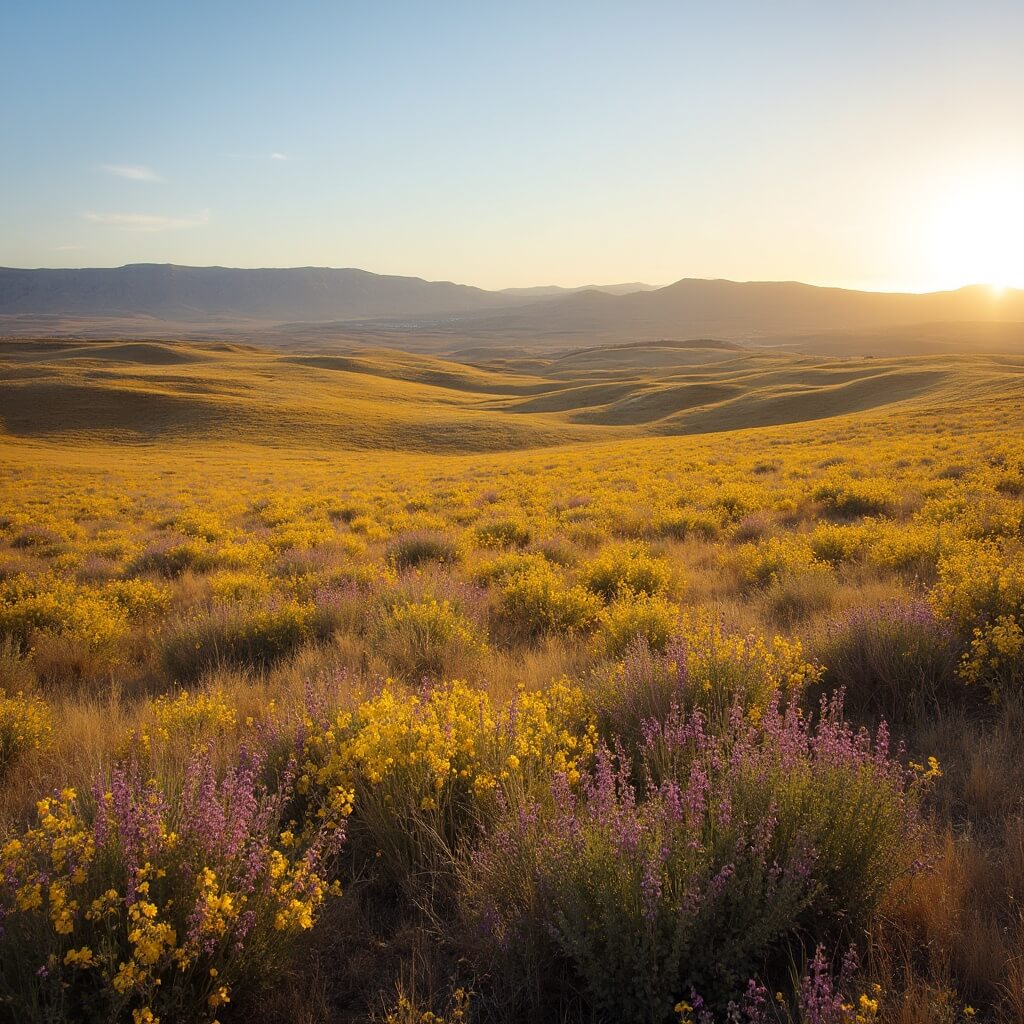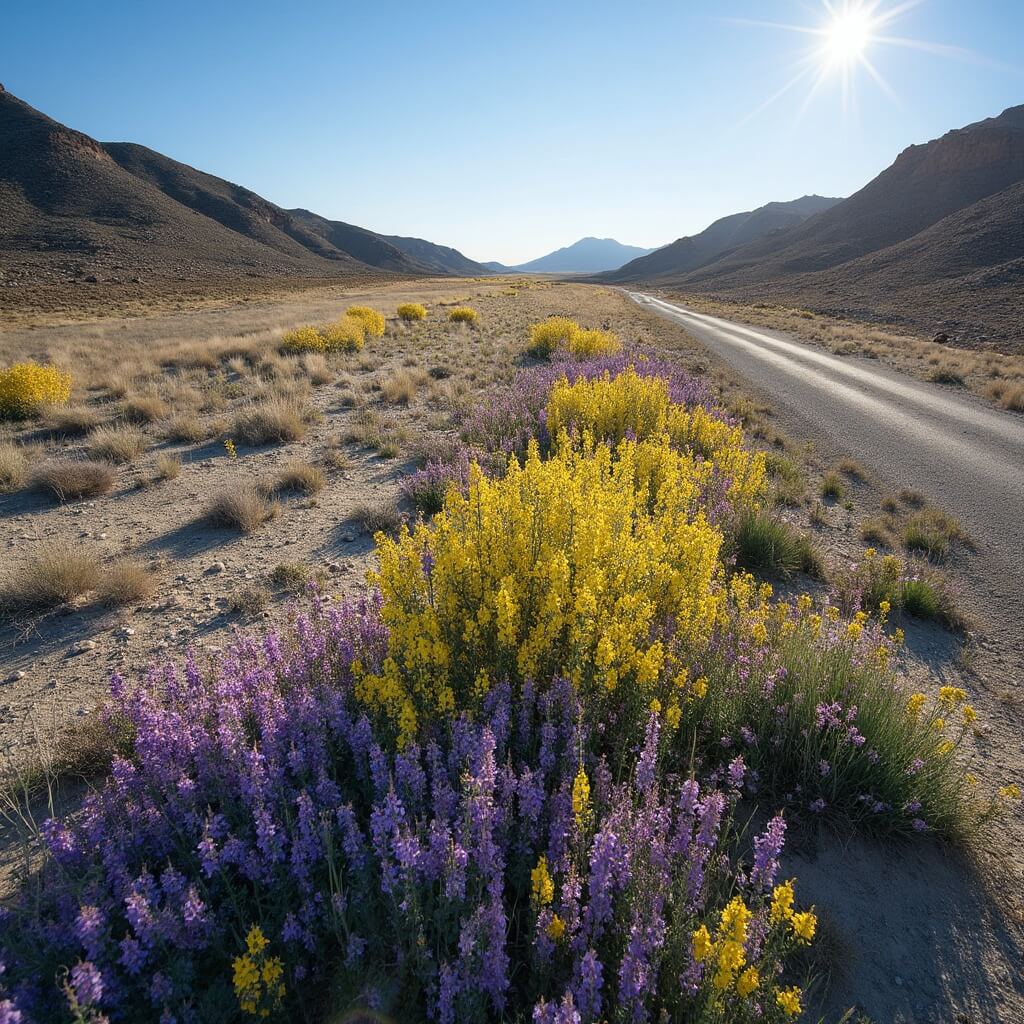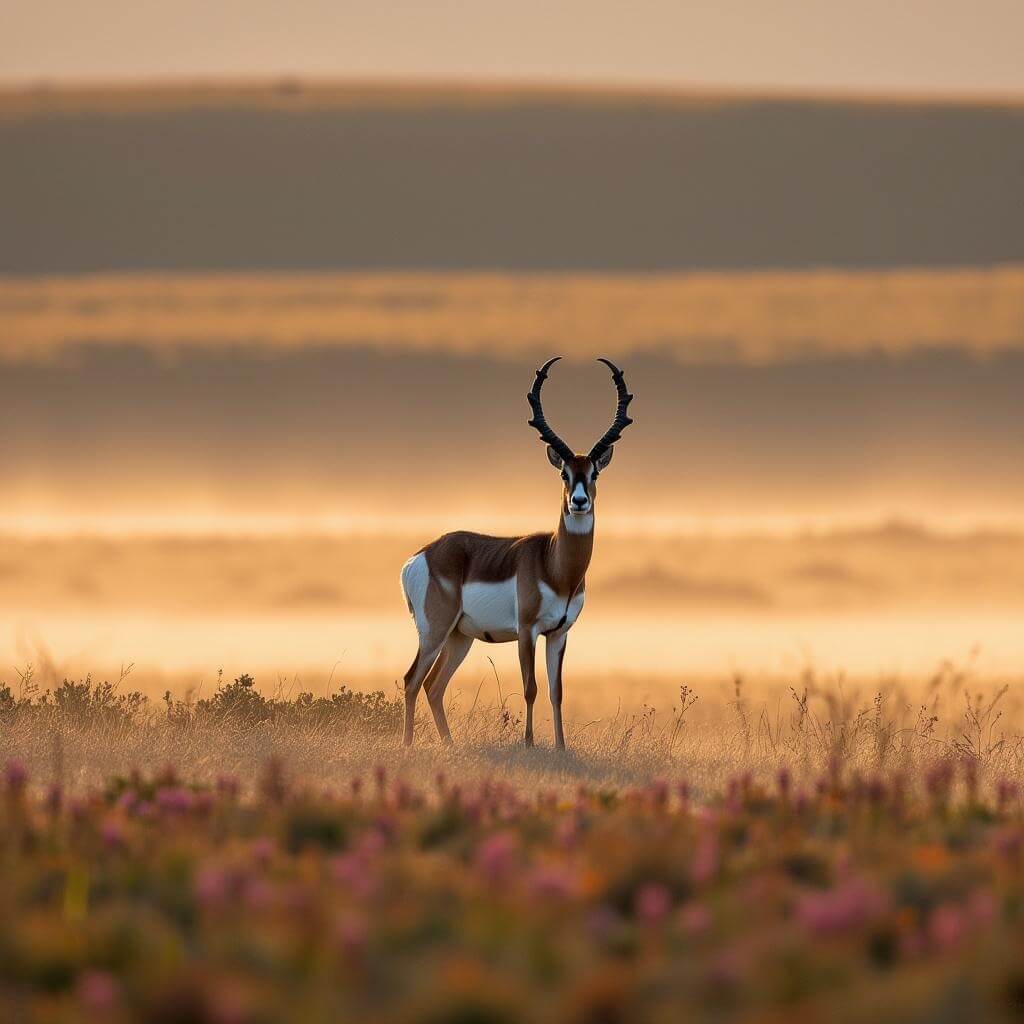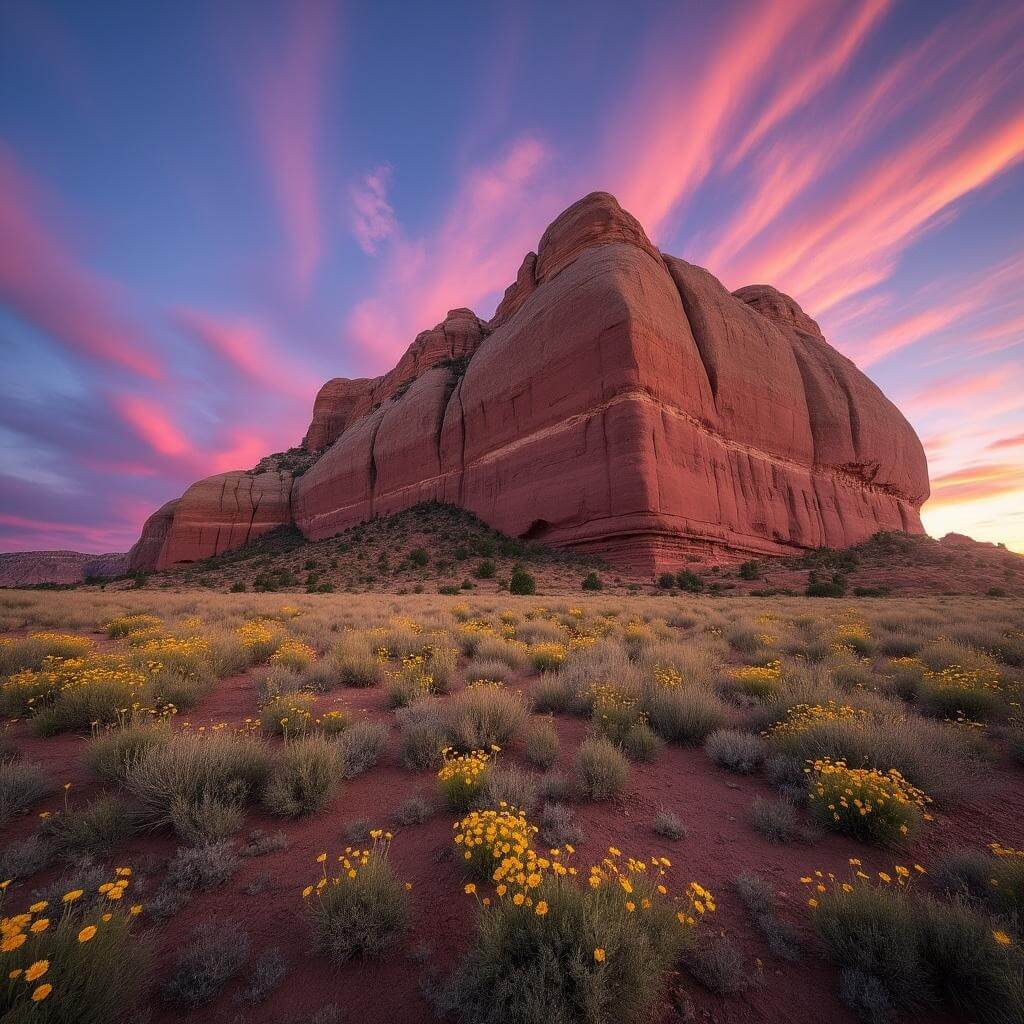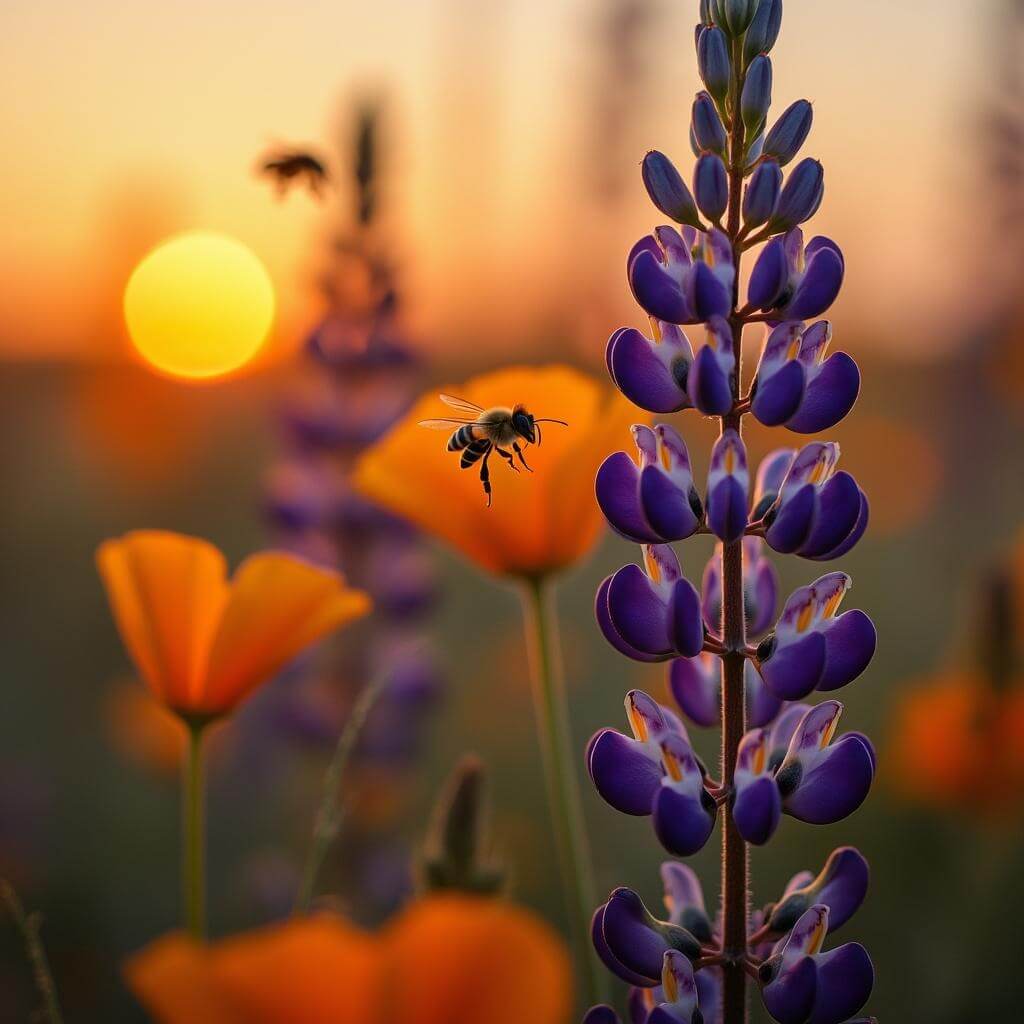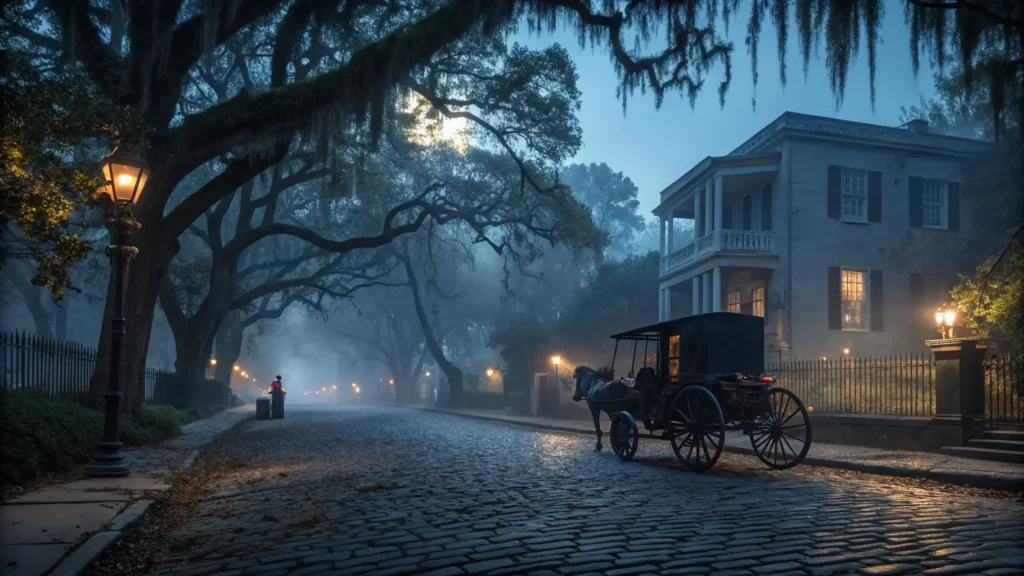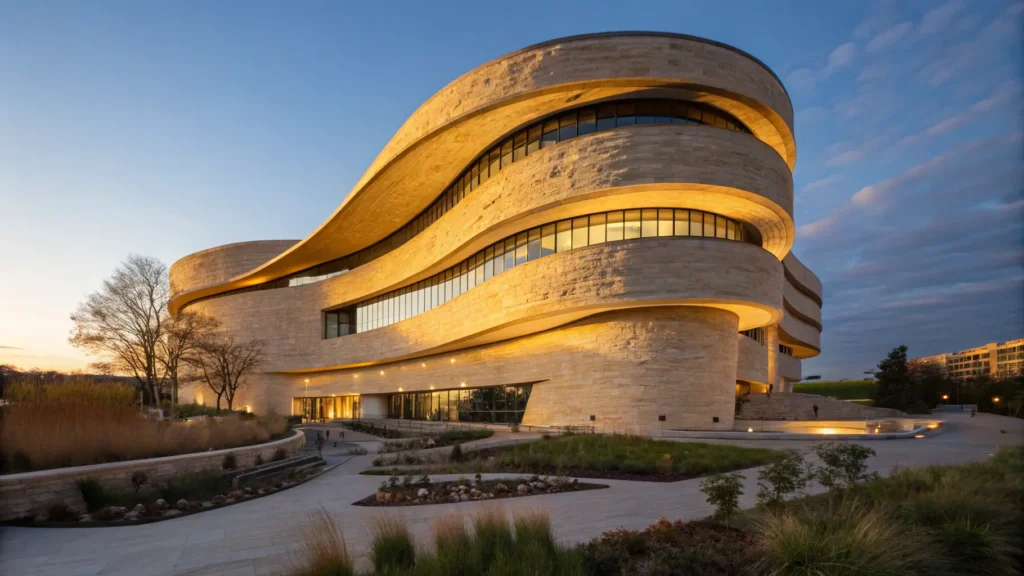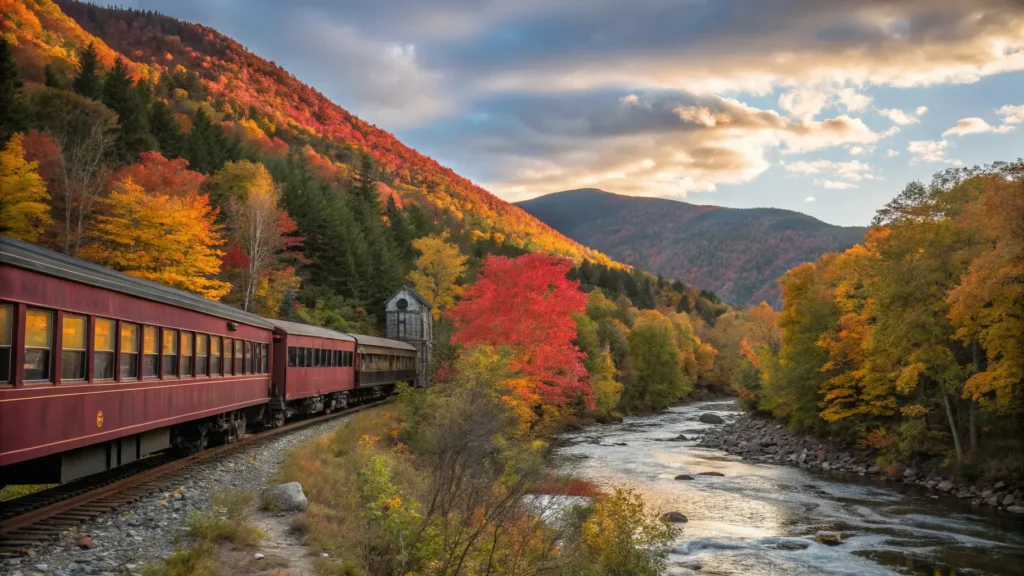The Carrizo Plain National Monument isn’t just another landscape—it’s a botanical wonderland waiting to explode with color.
Nestled two hours north of Los Angeles, this 200,000-acre grassland sanctuary represents one of California’s most extraordinary natural phenomena: the wildflower superbloom.
The Superbloom: Nature’s Most Unpredictable Performance
Most people think wildflowers are predictable. They’re wrong.
The Carrizo Plain’s bloom isn’t an annual event—it’s a rare, magical performance that occurs only under specific climatic choreography. Imagine nature as a temperamental artist, requiring precise conditions: sequential drought followed by abundant winter rainfall.
My first encounter happened unexpectedly. I’d driven expecting typical desert scenery and instead discovered a landscape transformed into a living canvas—yellows, purples, and blues stretching horizon to horizon. The San Andreas Fault’s rugged terrain beneath only amplified the dramatic display.
Decoding the Bloom’s Secret Language
Rainfall isn’t just important—it’s everything.
The 2025 forecast suggests approximately 2.1 inches of rain, hinting at potential spectacular displays. But it’s not just about quantity. Temperature, soil moisture, and precise environmental conditions play intricate roles in determining bloom intensity.
Key wildflower species include:
- Goldfields (vibrant yellow)
- Tidy tips
- Baby blue eyes
- Coreopsis
Each flower arrives with its own schedule, creating a sequential color parade that can stretch through spring.
Where Magic Happens: Prime Viewing Locations
Pro tip: Not all spots are created equal.
Top wildflower viewing destinations include:
- Highway 58 and Shell Creek Road junction
- Seven Mile Road’s dramatic yellow slopes
- Simmler Road’s hidden treasures
- Soda Lake’s contrasting landscapes
Timing is crucial. March through April offers the best window, but precise dates fluctuate with rainfall.
Photography and Exploration Tips
Photographers, listen up.
The best light arrives during:
- Early morning hours
- Late afternoon golden periods
Critical rule: Stay on designated paths. These delicate ecosystems are fragile and easily damaged by well-intentioned but destructive foot traffic.
Conservation: A Delicate Balance
The Carrizo Plain isn’t just beautiful—it’s scientifically significant.
Federally protected since 2001, this landscape hosts endangered species and represents a critical conservation zone. Climate variability poses significant threats, making each superbloom potentially more precious than the last.
Practical Preparation
Before you go, remember:
- Check recent wildflower reports
- Limited services are available
- Entrance is free
- Prepare for unpaved roads
- Minimal cell reception
The landscape’s rugged beauty demands respect and preparation.
Imagine standing amidst thousands of blooming wildflowers, the San Andreas Fault’s geological history beneath your feet, understanding you’re witnessing something truly extraordinary—a moment where nature reveals its most intimate, ephemeral secrets.
The story of Carrizo Plain’s wildflowers is just beginning to unfold, promising landscapes that transform from seemingly barren ground into a riot of color that defies imagination.
Related Inspiration
Celebrate nature’s vibrancy by bringing it to your kitchen with these colorful, fresh recipes:
- Try our Vibrant Spinach Pesto Pasta Salad for a burst of green that mirrors the beauty of Carrizo’s natural palette.
- Or complement your day with this Crispy Roasted Green Beans recipe—simple, fresh, and full of texture.
Wildlife: The Silent Stars of Carrizo Plain
Most visitors arrive expecting flowers. They leave mesmerized by the wildlife.
The monument hosts a Noah’s Ark of rare species. Pronghorn antelope roam freely. Blunt-nosed leopard lizards dart between wildflower clusters. Kit foxes—one of California’s most endangered mammals—make their mysterious home here.
Ecosystem Intelligence: More Than Just Pretty Petals
Wildflowers aren’t decorations. They’re complex survival mechanisms.
Each bloom represents a sophisticated evolutionary strategy:
- Attract specific pollinators
- Withstand extreme temperature variations
- Reproduce efficiently in challenging terrain
- Create microhabitats for insects and small mammals
The landscape isn’t just alive—it’s a living, breathing intelligent system.
Cultural Layers: Beyond Natural Beauty
Native American history runs deep in these plains.
Painted Rock, a sacred site within the monument, features ancient pictographs telling stories predating written language. Imagine generations of indigenous communities walking these same paths, reading the landscape like an intricate manuscript.
Survival Strategies: Nature’s Masterclass
How do plants survive in such harsh conditions?
Adaptation is the secret. These wildflowers have developed remarkable resilience:
- Deep root systems
- Rapid germination capabilities
- Drought-resistant cellular structures
- Compact growth patterns minimizing water loss
Each flower becomes a testament to evolutionary brilliance.
Photography Masterclass: Capturing the Ephemeral
Pro photographers know: Carrizo Plain offers more than snapshots.
Recommended equipment:
- Wide-angle lens
- Neutral density filters
- Tripod for stability
- Early morning/late afternoon timing
- Polarizing filter to enhance color saturation
Unexpected Challenges: Climate Change’s Impact
Superblooms aren’t guaranteed. They’re becoming increasingly rare.
Climate variability threatens these delicate ecosystems. Unpredictable rainfall patterns disrupt historical blooming cycles. Each superbloom becomes potentially the last of its kind—a living memorial to ecological complexity.
Planning Your Pilgrimage: Practical Wisdom
Smart travelers prepare meticulously.
Essential preparation checklist:
- Check current bloom reports
- Bring sufficient water
- Pack high-clearance vehicle
- Download offline maps
- Carry extra fuel
- Bring physical camera (cell reception minimal)
- Wear sturdy hiking boots
- Pack layers for temperature variations
Want to plan your visit? Discover California’s Hidden Superbloom Paradise at Carrizo Plain.
The Larger Narrative: California’s Wildflower Renaissance
Carrizo Plain represents more than a destination. It’s a living classroom.
Eco-tourism transforms from passive observation to active conservation. Visitors become participants in a larger ecological dialogue.
Final Reflection: Why This Matters
Standing amid thousands of blooming wildflowers, you’ll understand something profound: Nature doesn’t just survive. It performs.
The Carrizo Plain wildflower bloom isn’t just a visual spectacle. It’s a complex, ephemeral dance of survival, adaptation, and extraordinary beauty.
Your journey here transcends typical tourism. You’re witnessing a living, breathing ecosystem in its most vulnerable and magnificent moment.
Come prepared. Stay curious. Respect the landscape.
The wildflowers of Carrizo Plain are waiting—their secret symphony ready to unfold.

